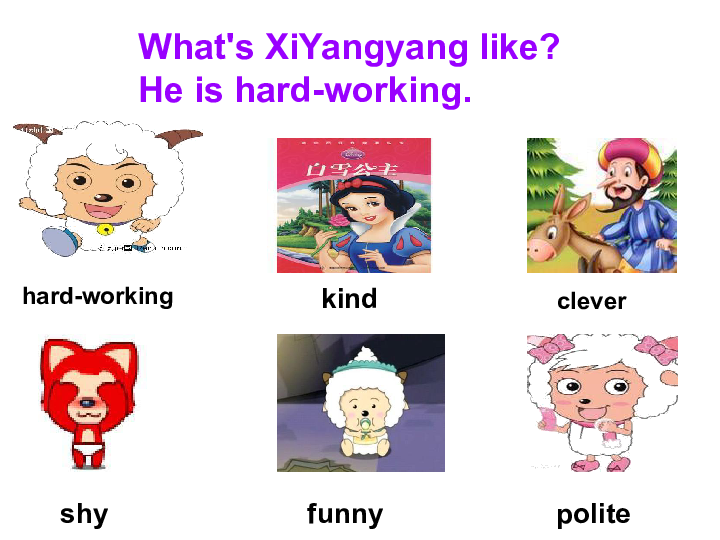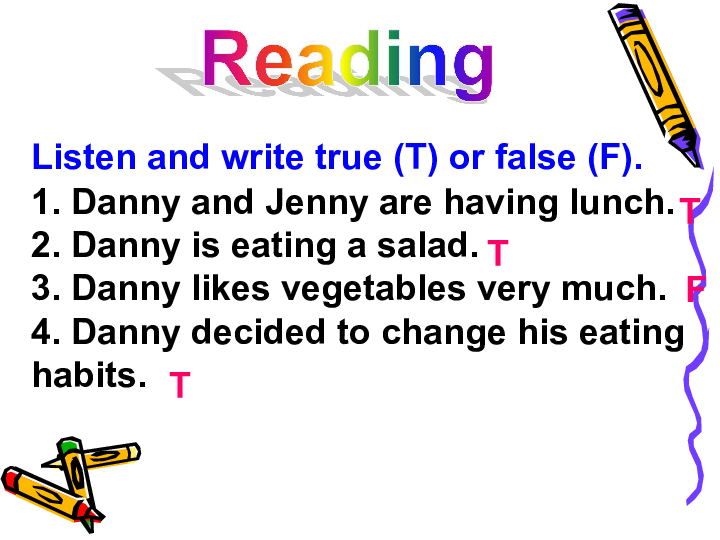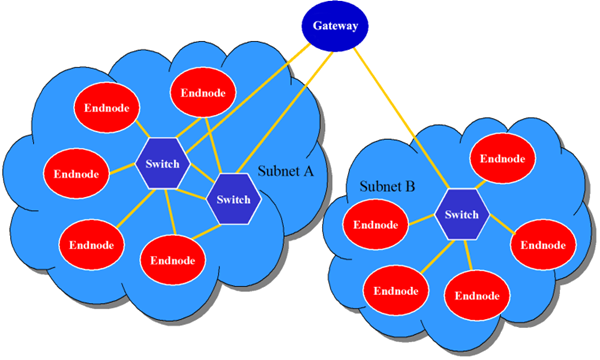What is Subsidized Loan and Unsubsidized Loan: Understanding Your Financial Options
Guide or Summary:What is a Subsidized Loan?What is an Unsubsidized Loan?Key Differences Between Subsidized and Unsubsidized LoansWhen it comes to financing……
Guide or Summary:
- What is a Subsidized Loan?
- What is an Unsubsidized Loan?
- Key Differences Between Subsidized and Unsubsidized Loans
When it comes to financing your education, understanding the differences between what is subsidized loan and unsubsidized loan is crucial for making informed decisions. Both types of loans are designed to help students cover the costs of their education, but they come with different terms and conditions that can significantly affect your financial future.
What is a Subsidized Loan?
A subsidized loan is a type of federal student loan that is awarded based on financial need. The key feature of subsidized loans is that the government pays the interest on the loan while the borrower is in school, during the grace period, and during any deferment periods. This means that the total amount you owe when you graduate will be less compared to an unsubsidized loan, where interest accrues from the moment the funds are disbursed.
For many students, subsidized loans are an attractive option because they reduce the overall cost of borrowing. To qualify for a subsidized loan, you must demonstrate financial need through the Free Application for Federal Student Aid (FAFSA). This process allows the government to assess your financial situation and determine the amount of aid you are eligible for.

What is an Unsubsidized Loan?
In contrast, an unsubsidized loan is available to all students regardless of their financial need. While this type of loan provides the necessary funds to cover education costs, it does not offer the same benefits as a subsidized loan. With unsubsidized loans, interest begins to accrue as soon as the loan is disbursed, which means that the total amount you owe can grow significantly over time.
Borrowers of unsubsidized loans are responsible for paying the interest throughout the life of the loan. If you choose not to pay the interest while in school, it will be capitalized, meaning it will be added to the principal amount of the loan. This can lead to a higher overall debt burden upon graduation, making it essential to carefully consider how much you are willing to borrow.
Key Differences Between Subsidized and Unsubsidized Loans
Understanding the differences between what is subsidized loan and unsubsidized loan can help you make better financial decisions. Here are some key distinctions:

1. **Eligibility**: Subsidized loans are need-based, while unsubsidized loans are available to all students.
2. **Interest Payments**: The government pays the interest on subsidized loans during certain periods, whereas borrowers are responsible for all interest on unsubsidized loans from the start.
3. **Loan Limits**: The maximum amount you can borrow may differ between the two types, often with lower limits for subsidized loans.

4. **Repayment Options**: Both loan types offer various repayment plans, but the overall cost of repayment can be significantly higher with unsubsidized loans due to accruing interest.
In conclusion, understanding what is subsidized loan and unsubsidized loan is essential for students seeking financial assistance for their education. While subsidized loans can significantly reduce the cost of borrowing, unsubsidized loans provide broader access to funds. By carefully considering your financial situation and educational goals, you can make informed decisions that will benefit you in the long run. Always consult with a financial advisor or your school's financial aid office to explore your options and find the best solution for your needs.